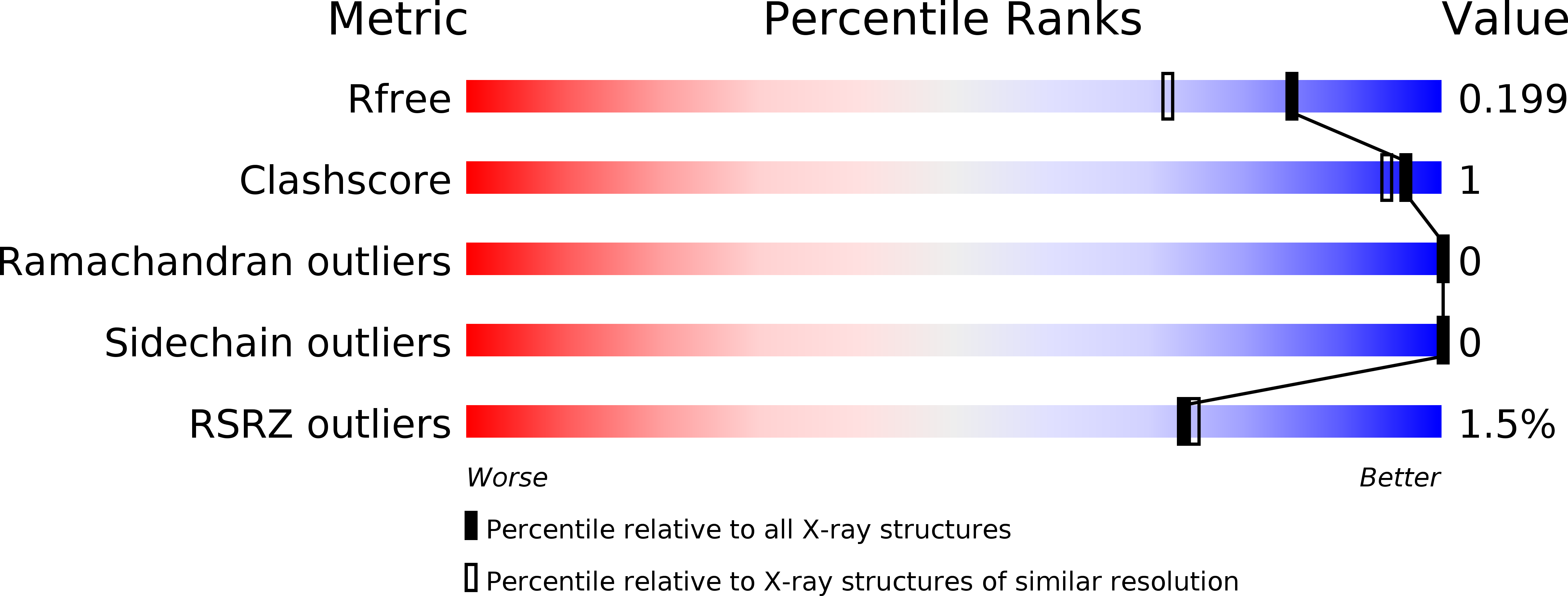
Deposition Date
2012-06-13
Release Date
2013-01-23
Last Version Date
2024-02-28
Entry Detail
PDB ID:
4FKD
Keywords:
Title:
Identification of the Activator Binding Residues in the Second Cysteine-Rich Regulatory Domain of Protein Kinase C Theta
Biological Source:
Source Organism:
Mus musculus (Taxon ID: 10090)
Host Organism:
Method Details:
Experimental Method:
Resolution:
1.63 Å
R-Value Free:
0.20
R-Value Work:
0.17
R-Value Observed:
0.17
Space Group:
P 61


